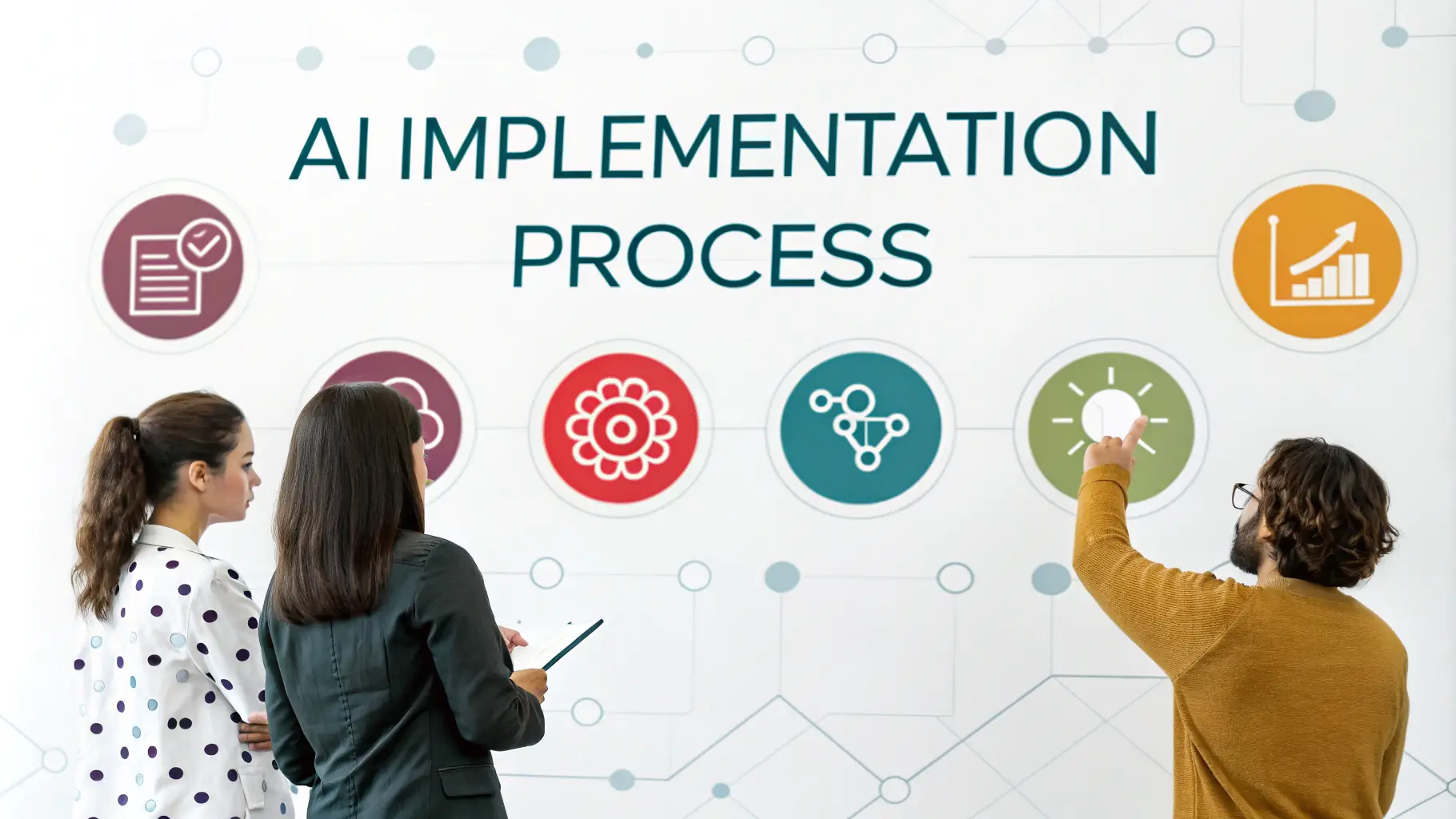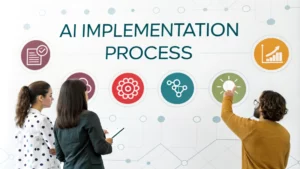Implementing AI solutions can seem daunting, but with a structured approach, businesses can navigate the process smoothly. The first step is to identify specific business challenges that AI can address, such as improving efficiency or enhancing customer experience. Once these challenges are defined, organizations should evaluate their existing data infrastructure to ensure they have the necessary data to train AI models effectively. This foundational step is critical for the success of any AI initiative.
Next, businesses should consider the tiered approach to AI solutions based on coding expertise. For organizations with limited technical resources, no-code and low-code platforms offer a viable solution for developing AI applications. These platforms allow teams to create and deploy AI models without extensive programming knowledge, making it easier to integrate AI into everyday operations. For more complex needs, custom-coded solutions can be developed with the help of IT consultants.
Finally, continuous monitoring and evaluation of AI implementations are essential to ensure they deliver the desired outcomes. Businesses should establish key performance indicators (KPIs) to measure the effectiveness of AI solutions and make adjustments as necessary. By following these steps, organizations can successfully implement AI solutions that drive innovation and growth.




